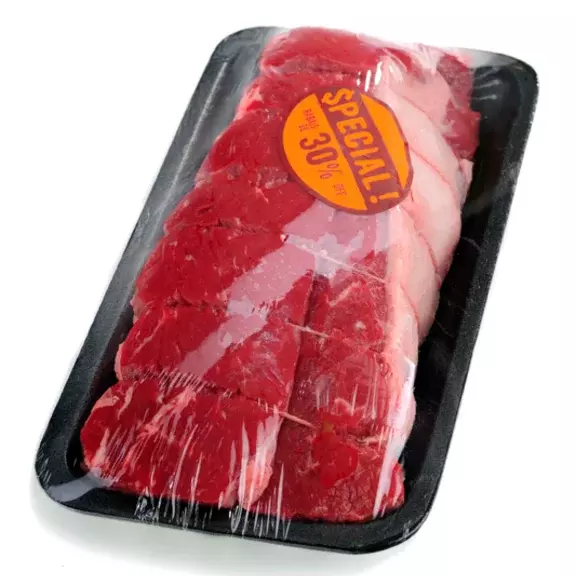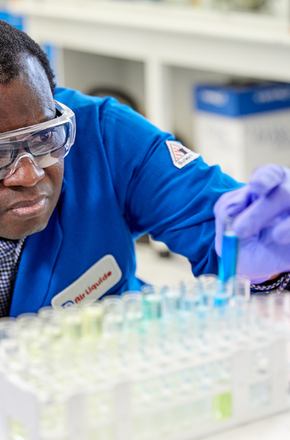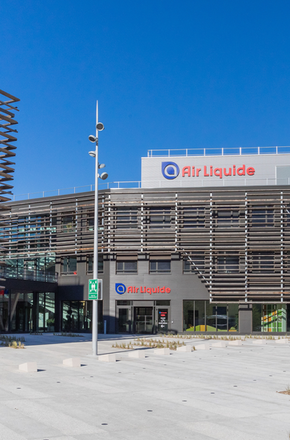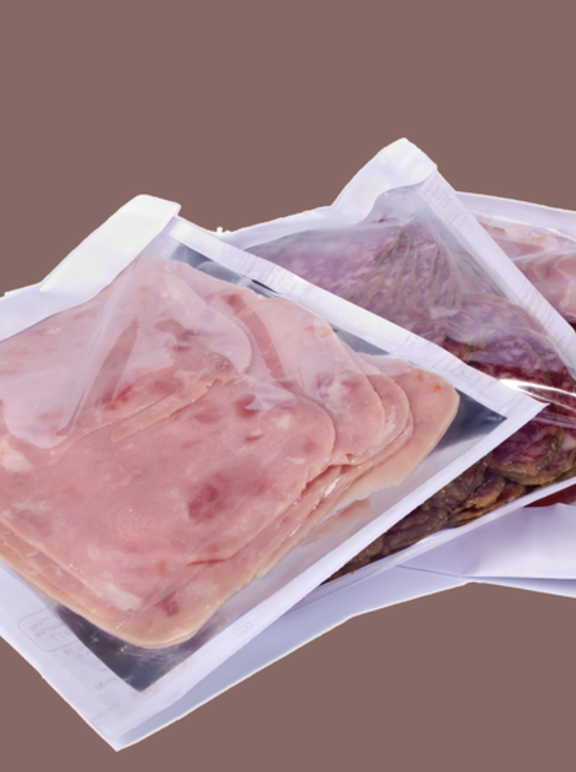Modified Atmosphere Packaging (MAP)
Extend the shelf life of your food products (i.e. fresh/dry) up to 5 times longer and enhance your distribution chain, with suitable packaging
What is your key food packaging priority ?
Get in touch with our team to discuss more about how our products and services can support you.
How does MAP modified or controlled atmosphere packaging work?
Air is made up of 78% nitrogen, 21% oxygen and the rest by carbon dioxide (0.04%) and other gases in very small concentrations. A change in these proportions significantly changes the storage conditions and foods respiratory activity. The packaging of food products in modified atmosphere consists of replacing the atmospheric air that surrounds said food product with another specially designed solution to minimize chemical, enzymatic and microbial reactions. The storage time limit is multiplied by two (02) times for products with significant moisture/wet content (>0.91) and by up to five (05) times when the moisture/wet content is lower.
The Results
✓The original quality of food products is preserved
✓Prolonged freshness
✓Preserve color food. A good product visibility is maintained as food color looks better in MAP
Comparison of the shelf life of products in air and in a protective atmosphere
Packaging in a protective atmosphere is adapted to each type of product
Discover the gas solutions developed to meet the specific needs of each of your products.
Dry products
For dry products (nuts, crisps, powdered products) to prevent oxidation of the fat is of vital important. The use of CO₂ (pure or in mixture) allows, thanks to its great solubility in fat, to limit the effects of pressure on thermal or barometric variations during transport.
Cheeses, bakery and pastry products
Cheese is prone to mold development, with some requiring a limited oxygen environment, typically around 20%, and are often packaged with a CO₂-rich gas mixture for compactness. Bread, pastries, and cake batters are susceptible to microbial growth, necessitating the use of CO₂ in packaging to manage the oxygen levels in porous products without additives.
Cured meats
Most of the cooked meats products (with the exception of dry cooked mats), as well as prepared products , are very sensitive to microbial growth. However, the use of pure CO₂ or in a high percentage can lead to a significant shrinkage of the container or give a slightly acidic taste (products with a high fat content or in sauce). It is advisable to use a mixture of carbon dioxide with nitrogen.
Meat products
Meat Preservation require a minimum content of oxygen in the atmosphere used, in order to preserve the color (red meat). The use of a gaseous mixture with a higher percentage of O₂ allows maintaining or reinforcing the red or pink color of some meats or poultry. The simultaneous use of CO₂ contributes to slow down the development of microorganisms.
Fruits and vegetables
For fruit and vegetable preservation, the joint use of films with precise and selective permeability with specific gas mixtures based on their respiratory rate is necessary. In the case of packaging salads and range IV products , the use of Argon gives much better results than using any other mixture, especially in the last days of the products' shelf life. The use of argon prolongs the freshness and flavour of salads.
Seafoods
For fish and shellfish preservation, to prevent the development of anaerobic microorganisms, gas mixtures N₂ /CO₂ are used and in some cases, mixtures that incorporate oxygen.
Our recommended food grade gas (ALIGAL) and equipment solutions for your food factory & analysis lab
Our experts will help you choose the right gas for your analysis and give you advice on the use of related equipment. In this way, it is possible to obtain reliable and high-quality measurement results in complete safety.
Contact Us
Let our experts come back to you.





